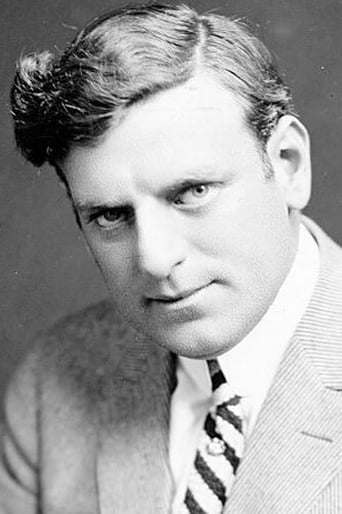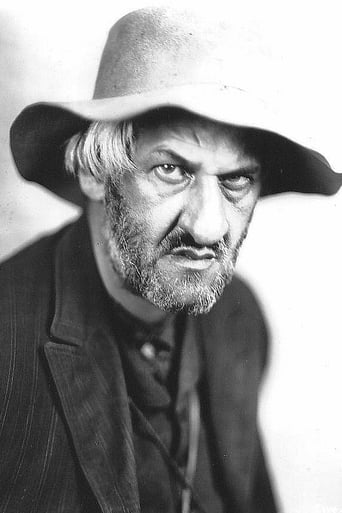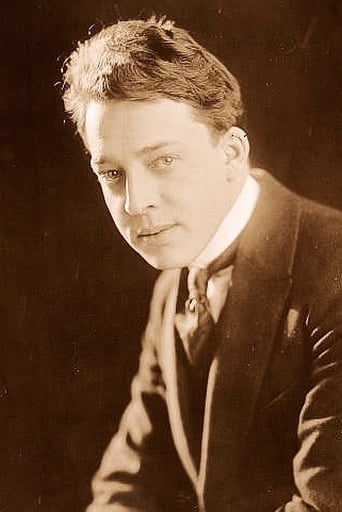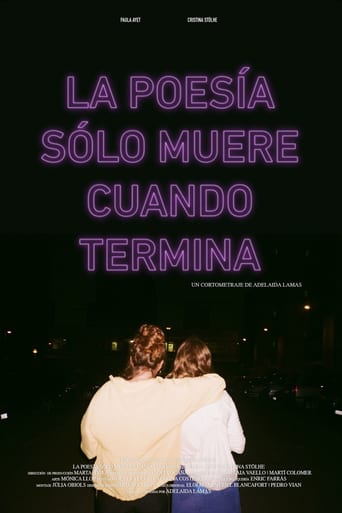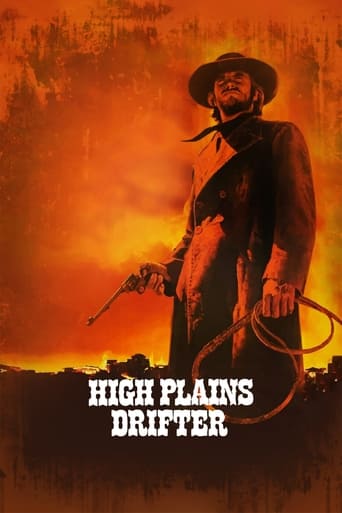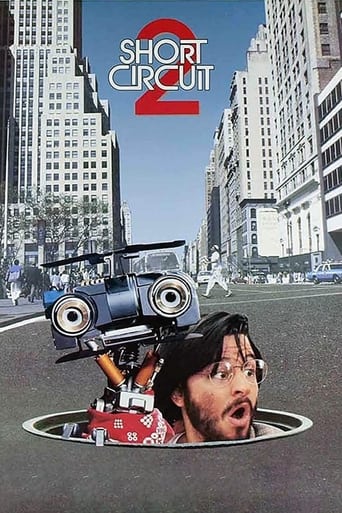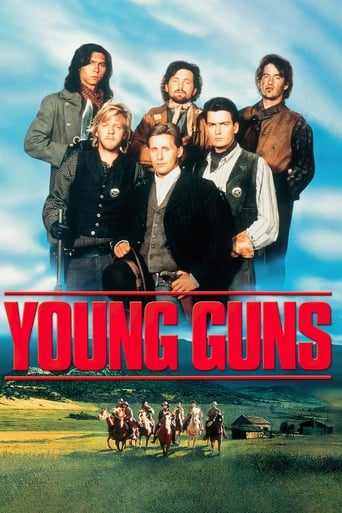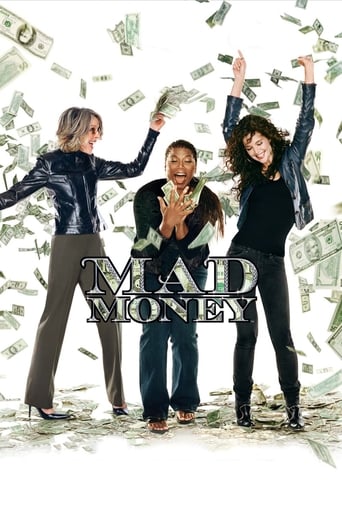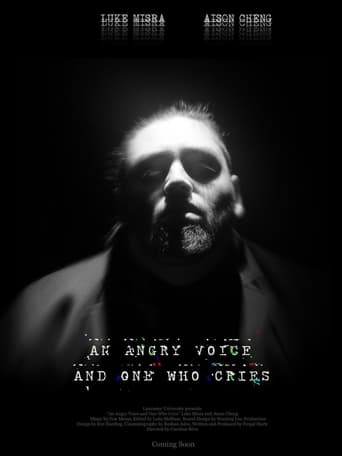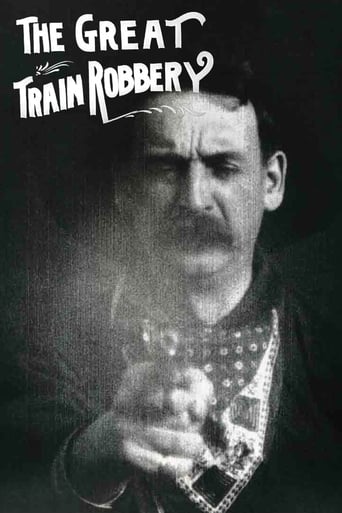
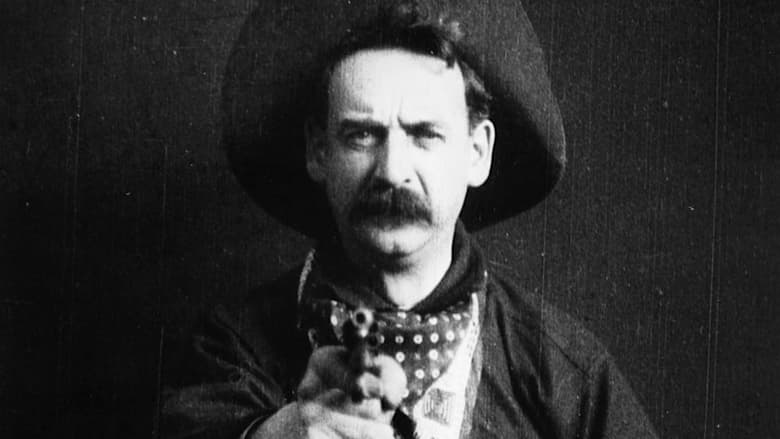
The Great Train Robbery (1903)
After the train station clerk is assaulted and left bound and gagged, then the departing train and its passengers robbed, a posse goes in hot pursuit of the fleeing bandits.
Watch Trailer
Cast


Similar titles
Reviews
Though by no means the first with a Western setting, this film was a breakthrough for the genre and, with a plot involving black-clad trigger happy bandits holding up a train then receiving rough justice at the hands of a posse following a horseback chase, helped established several elements of its iconography. Like so much else that was later to seem newly minted for the cinema, these images had precedents in other media, including popular fiction, graphic art and touring stage spectacles known as Wild West Shows which presented a romanticised, gun-totin' version of the American West in the late Victorian period. But location filming provided the opportunity to present these elements in a new setting of realistic visual grandeur and scale – even if, as here, New Jersey stood in for the West.Like various other longer narrative films in these early days, The Great Train Robbery tells its story largely by stringing together a succession of tableaux, with studio and location scenes staged alike in long shot. At around 12 minutes, with 14 shots, it builds in length, ambition and achievement on Edison director Edwin S Porter's Life of an American Fireman, released a few months earlier, though in some respects is less visually imaginative. A lengthy scene where the villains force passengers off the train and rob them shows the limitations of the technique: the shot is perfectly set up for the dramatic death of a would-be escapee who runs towards the camera before being killed, and later after the bandits depart and the crowd swarms round the corpse, but otherwise it's difficult to see what's going on.Elsewhere Porter makes good use of the opportunities for movement and energy. He shoots from the back of a moving locomotive across the top of the cab to the track ahead as the villains stalk towards the crew. And a contemporary director would likely choose a similar camera position for the shot where the mounted bandits are chased through the woods by the posse, exchanging gunfire as they go. Notably, there are two early examples of camera movement, put to very good use when the villains leave the hijacked loco. The camera pans and tilts with the characters, setting up the expectation that there's something of interest just off frame, which is then revealed as a group of waiting horses on which they make their final escape.But the film is best known for a shot completely tangential to the narrative, in which actor Justus D Barnes, as the leader of the gang, expressionlessly points his revolver at the camera and fires six shots at point blank range. The shot is usually placed at the end of the film, after the character has been killed on screen, but Porter suggested it could also be re-edited as the opening shot if distributors preferred. It's a striking image of violence directed at the audience, but there are now no reports of screaming and ducking as with the Lumières' train.Far from being 'realistic', the shot, and the film as a whole, exemplify the growing tendency of cinema to exploit the vicarious thrill of danger and violence in a contained, safe space. The image is cinema's second enduring icon after Méliès' moon, and has been much parodied and homaged, most notably in Martin Scorsese's Goodfellas, with Joe Pesci's psychotic gangster standing in for Barnes' outlaw. But in the later film it's actually the penultimate shot. It's followed by a view of the narrator, Ray Liotta's police informer, smiling smugly at the camera before retreating into the comfortable suburban home he occupies under his new identity, safe in the knowledge that the bad guys and their guns are now illusions, locked in their cel(l) of film.
First let me say this is an excellent film for 1903 and a must-see for film buffs. However, many people (including fellow IMDb reviewers) mistakenly credit this film as being the first use of editing, the first narrative story, first use of different scenes, first use of super-imposed images or the first use of any of the film techniques used. It is not the first of any of those things. If you want proof of that just spend a while searching on youtube and you will see many earlier examples of all those things. What it did do was to advance the use of editing, film technique and storytelling in cinema.Probably the first film edit was in 'The Execution of Mary Queen of Scots' way back in 1895. Incredible film edits and super-imposed images, some more advanced even than any in this film, are to be found in dozens of earlier films by the likes of Georges Melies, James Williamson, G.A. Smith, Walter R. Booth and others. Some of those edits are to carry off a visual trick but others are to tell a story. There are many earlier films with a narrative and cutting between different scenes such as Melies 'A Voyage to the Moon', 'Cinderella', 'Bluebeard' and numerous others. Strictly speaking it is not even the first western as 'Cripple Creek Bar-room Scene' was a western scene filmed years before.This film was not a 'first', but it was one of the earliest American films to use many of the techniques, one of the first films to combine all those elements to make a cohesive, compelling story and it advanced the use of these elements to make one of the very best films made at that time. It uses the editing , moving between different scenes to tell the story and uses the techniques to further the narrative in a more effective way than other films made up to that point. The story is interesting and would have been very exciting to audiences. It still holds the attention for a modern day viewer. It is well made with only a couple of duff moments where something could have been done better. The action and storytelling techniques are the best executed of any film made at the time. Funnily enough though, I would also say this was not first in the list of best films ever made up to 1903. For my tastes I would say 'The Little Match Seller' by James Williamson, although shorter, was the best film made at that time as it uses clever cinematic techniques to great effect and is emotionally impactful even today. 'The Great Train Robbery' is probably my second favourite of its era out of the hundreds I have seen though. It is a great example of what was possible in early cinema and advanced the artform, especially in America. It was probably the most influential film in taking cinema to greater heights.
When people talk about very early silent film masterpieces, this is usually one of the first mentions apart from Méliès' "Voyage to the Moon" and some of his other works. And there is the famous story about "The Great train robbery" that people were leaving theaters with fear when that final cowboys bandit appears as they thought he would shoot them. Film really was a very new medium back then and most weren't getting it yet. Edwin S. Porter was one of the most prolific filmmakers of all time and this is probably his most known work. I personally believe it's worth a watch for its historic relevance, but not really for the movie itself. Neither the drama, nor the action, nor the thriller aspects and nor the western elements managed to convince. It's 10 minutes for film historians and silent film lovers, but not really for anybody else. Also, lets not forget that when you see this with some wonderful soundtrack coming with it, this music was not a part of this film very early in the 20th century, but it was added later. That's also why people mistake this for being a classic. If you want to see what it really was, you need to turn the volume silent. And a lot of its impact is lost, so you will realize this is nothing more than an okay movie at best. Also the film's story is definitely not easy to understand, so maybe you won't even be able to get the very basic action unless you read a summary beforehand, but no film should rely on you having to do that in order to understand it. Not recommended.
This is to many the first western film and one of the best movies of the early 1900's. No film before 1903 had action like this, this movie was definitely ahead of it's time. It's a short film, about 10 minutes and i'm pretty sure it's copyright has expired so you can watch it freely on the internet. It's also the first film Broncho Billy Anderson was in(Who was a famous actor that played in western films in the early 1900's). The plot is about a gang of outlaws that rob a train. Really nothing else to it but for many films back then their was no plot. It is considered to be a great milestone in film making, with many new filming techniques used. Some of those are on location shooting and camera movement. I recommend everyone to go watch this movie now if they are at all interested in the history of film or western movies.


